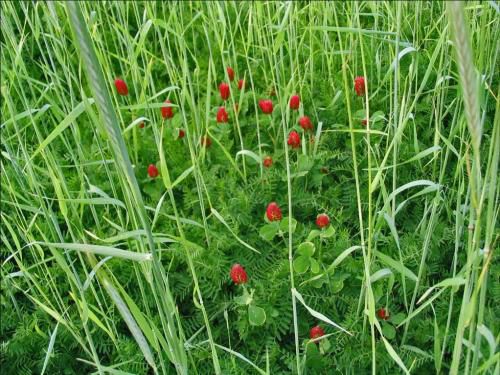Cover crops: Know when to kill them
Published 12:00 am Friday, January 17, 2014
SALISBURY — Growing cover crops is a great resource to improve your soil’s fertility. We preach that it keeps your soil in place, holds moisture and can provide essential nutrients to your next crop. The problem we see is that people know how to grow them — they are just not sure what to do next.
Cover crops can be grown when it is cool or warm. We have essentially two types of summer and winter cover crops. Right now, we have winter cover crops growing. These can be clover, annual ryegrass, vetch and many others. Allow the cover crops to grow but before they are mature, kill them so they will not compete with the next crop.
There are a few ways to do this: You can mow, roll, crimp or apply an herbicide to kill the cover crop. Then, you have to decide whether you want to till or not. If you do not till, you will have to wait till the vegetation is decomposed. This is called no-till planting, and you plant amongst the decomposed material. This can be done on a small or large scale. For most large-scale farmers, they will use a no-till drill to plant their crops; small scale farmers can plant directly in the material since it is decomposed.
For those tilling in the cover crop, you need to give yourself some time before planting, as well. Usually, you need about four weeks to allow the cover crop to decompose before you start planting. After about four weeks, you can plant your crops like you would normally.
Cover crops are great for any type of farmer or gardener. They work very well and can help us save some money if done properly. The key is understanding what your cover crops are and their characteristics; you can mix cover crops, but some of the cover crops have properties that can discourage growth of other plants such as cereal rye.
If you would like more information on cover crops and how to use them, contact Danelle Cutting, your local Cooperative Extension agent, at 704-216-8970 or for more information on summer cover crops, visit: http://www.ces.ncsu.edu/hil/hil-37.html





